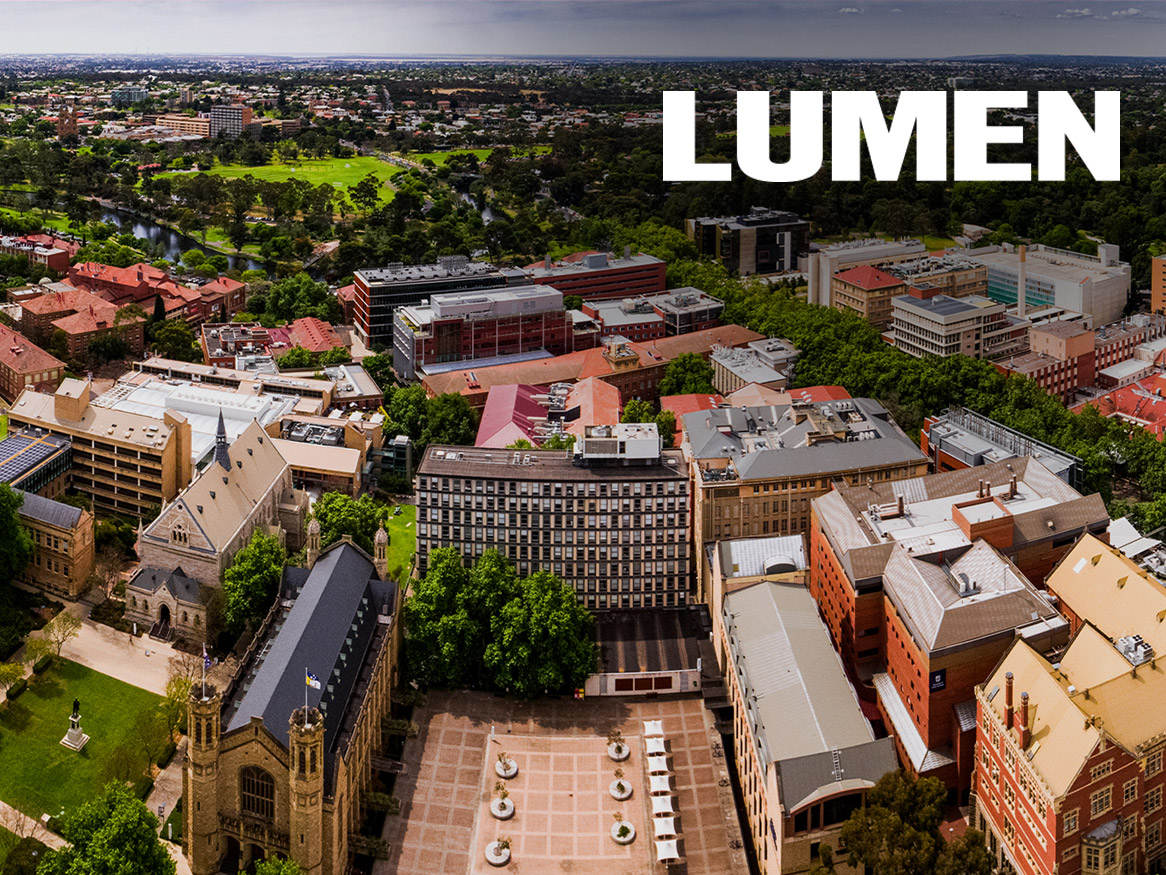As good as it gets? Unemployment set to rise
Wednesday, 30 September 1998
There's worsening news on the jobs front, with a new economic study predicting higher levels of unemployment over the next 12 months and beyond.
The latest Labour Market Briefing from the University of Adelaide's Centre for Labour Research highlights a number of key problems:
1. No recovery = jobs crisis
Despite being at the end of a "recovery period", Australia's level of employment is much worse compared with the end of the previous two recovery periods (national trend is currently 8.2%, compared with 6% in 1990 and 6.1% in 1980).
This is particularly evident in States such as Tasmania, Victoria, Queensland and South Australia, which have unemployment rates 30-40% higher than those experienced in the two previous recoveries.
This means Australia is in a much worse position as we head into the next economic downturn-the little ground that has been gained over the last few years is likely to be lost quickly as the economy worsens at the turn of the century.
2. Regional Australia hit hard
Since 1990, the number of regions with unemployment rates above 10% has almost doubled-from 186 regions to 351.
The coming period of slow economic growth is likely to create greater hardship and distress for more than one third of Australian regions. Many of these regions already have unemployment rates two to three times higher than the national average.
The top 10 worst Statistical Local Areas in Australia are: <dir>
Many struggling regions will suffer continued pressure as the economy moves into a downturn, with some areas facing their highest unemployment rates since the Great Depression.
3. Global crisis
Unemployment in Australia is set to rise substantially as global financial instability dampens Australian growth prospects.
With economic growth rates likely to be under 3% over the short term, the jobless rate will rise steadily over the next 12 months.
4. Long-term jobless
Recent figures on long-term unemployment indicate a deteriorating labour market.
Long-term unemployment is now at its highest level for three-and-a-half years-nearly 260,000 Australian are long-term unemployed. This represents around 34% of all unemployed people in Australia.
The author of the study, economic analyst Mr John Spoehr (pronounced: SPEAR), says the outlook for Australia's labour market is grim.
"Unless we take steps to buffer our labour market against the approaching downturn, unemployment in Australia will rise substantially. In regional Australia, the jobless rate could reach unprecedented levels.
"It is particularly worrying that our position at the end of what should be an economic recovery period is far worse than at the end of previous recoveries. This is a warning signal that unemployment is headed for a much greater crisis than it is currently.
"Regional assistance funding should be substantially increased and a range of job-creation programs implemented to help the worst-affected regions survive the approaching economic storm," he said.
A more detailed analysis of Australia's labour markets can be found in the Labour Market Briefing (Vol. 2, No. 2, September 1998).
Contact details
Email: john.spoehr@adelaide.edu.au
Website: http://www.adelaide.edu.au/wiser/
Executive Director
Australian Workplace & Social Innovation Centre
The University of Adelaide
Business: +61 8 8313 3730
Mobile: 0418 805 594
Media Team
Email: media@adelaide.edu.au
Website: https://www.adelaide.edu.au/newsroom/
The University of Adelaide
Business: +61 8 8313 0814
Mr David Ellis
Email: david.ellis@adelaide.edu.au
Website: https://www.adelaide.edu.au/newsroom/
Deputy Director, Media and Corporate Relations
External Relations
The University of Adelaide
Business: +61 8 8313 5414
Mobile: +61 (0)421 612 762







